-
- PCB TYPE
- PRINTED CIRCUIT BOARD PROTOTYPE ALUMINUM PRINTED CIRCUIT BOARD R&F PCB FPC HIGH FREQUENCY PCB HIGH-TG PCB HEAVY COPPER PCB HDI PCB PCB FOR LIGHTING METAL CORE PCB
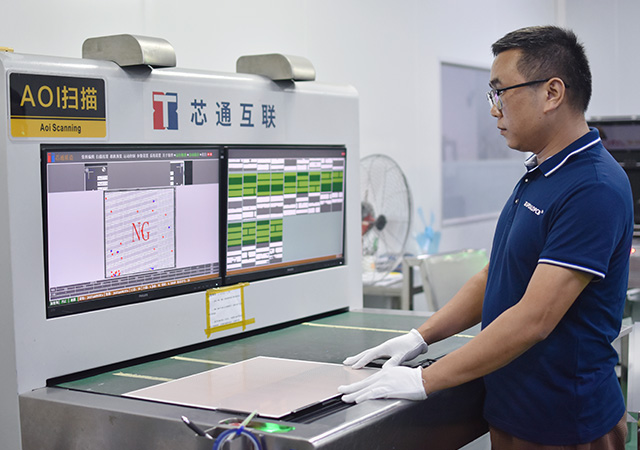
Find the ideal high frequency PCB manufacturer to ensure top-tier design services and custom fabrication. Make informed choices for your next project.
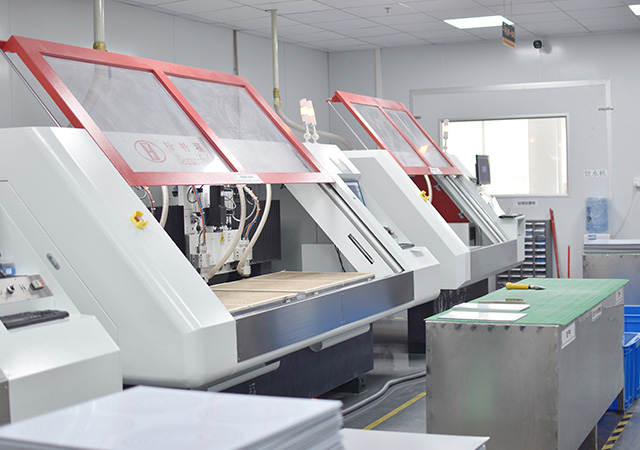
Explore the world of Microwave High Frequency PCB—integral for high-speed communication. Learn about their benefits, key applications, and design essentials.
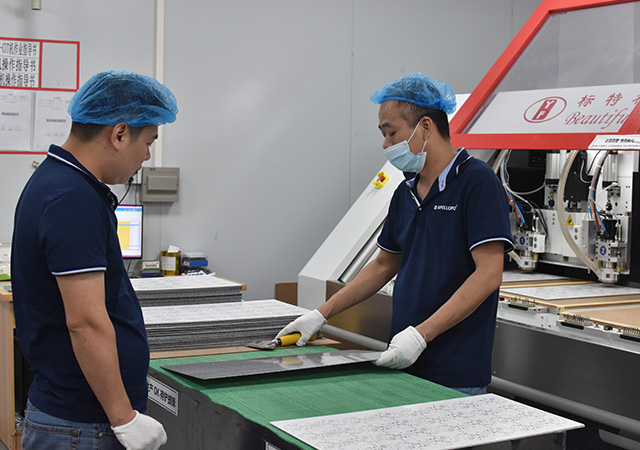
Discover how to select the best Rogers HF PCB manufacturer for your high-frequency needs. Learn about Rogers materials, PCB assembly services, and more.
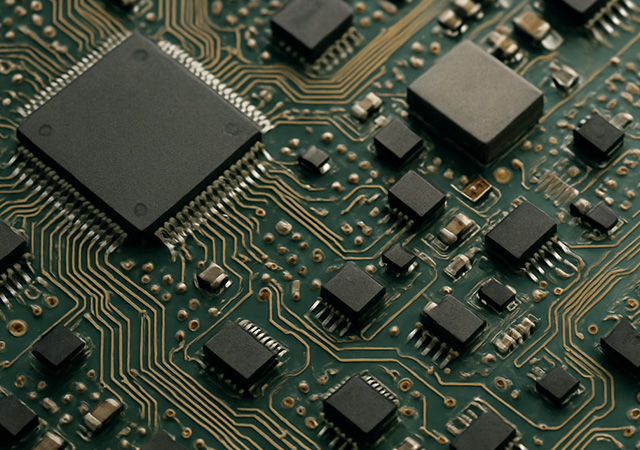
Find the ideal PCB manufacturer for your project needs with our guide. Learn how to evaluate PCB design, assembly capabilities, and more for optimal results.
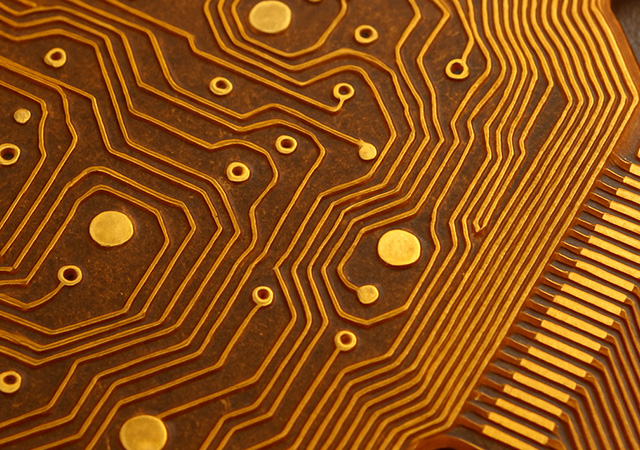
Discover the transformative benefits of flexible circuit boards in electronics. From space-saving designs to enhanced durability, learn why flexible PCBs lead the way.

Got project ready to assembly? Contact us: info@apollopcb.com



We're not around but we still want to hear from you! Leave us a note:

Leave Message to APOLLOPCB
